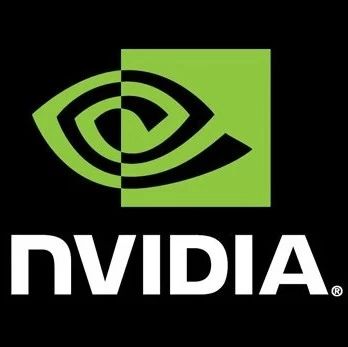Nvidia GTX 1650 vs Nvidia GTX 1630


The Nvidia GTX 1650 and GTX 1630 are both entry-level gaming graphics cards, but with a significant performance gap. The GTX 1650 boasts a higher number of CUDA cores and a higher clock speed, leading to a roughly 40% advantage in gaming performance. However, the GTX 1630 comes at a lower price point and consumes less power, making it more suitable for budget-conscious gamers. Ultimately, the choice depends on your needs and budget. If you prioritize raw performance, the GTX 1650 is the better option; if you value value for money, the GTX 1630 might be a more fitting choice.
GTX 1650
Pros: More powerful, can run most games smoothly; relatively higher price.
Cons: Higher power consumption, requires a more powerful power supply.
GTX 1630
Pros: Lower price, lower power consumption, suitable for entry-level gamers.
Cons: Weaker performance, may not be able to run some games smoothly at high graphics settings.
Graphics core
| Release Date | April 22, 2019 | October 29, 2019 |
| Generation | Turing | Turing |
| Applicable Type | Desktop | Desktop |
| Processor Number | 896 | GTX 1630 |
| Bus Interface | PCI Express 3.0 x16 | PCIe 3.0 x16 |
Memory
| Memory Type | GDDR6 | GDDR5 |
| Memory Size | 4GB | 4GB |
| Memory Bus Width | 128-bit | 128-bit |
| Memory Clock Speed | 12 Gbps |
Clock speed
| Base Clock Speed | 1485 MHz | 1485 MHz |
| Boost Clock Speed | 1665 MHz | 1665 MHz |
Render Config
| CUDA Cores | 896 | 896 |
| Tensor Cores | 136 | |
| RT Cores | 8 |
Theoretical Performance
| FP32 Performance | 3.8 TFLOPS | 1.89 TFLOPS |
| FP16 Performance | 7.6 TFLOPS | |
| INT8 Performance | 15.2 TOPS |
Graphics Processor
| Graphics Processor | TU117 | TU117 |
| Transistor Count | 4.7 Billion | |
| Die Size | 200 mm² |
Board Design
| Power Consumption | 75W | 75 W |
| Power Connectors | 6-pin | |
| Output Ports | HDMI 2.0b, DisplayPort 1.4 | |
| Card Length | 17 cm | |
| Card Height | 12 cm | |
| Card Width | 4 cm |
Benchmark Comparison
Performance
According to UserBenchmark's benchmarks, the GTX 1650 has an overall performance that is about 52% higher than the GTX 1630. In most cases, the GTX 1650 can play 1080p games smoothly, while the GTX 1630 may need to lower settings to achieve playable frame rates.
Features
Both the GTX 1650 and GTX 1630 support the following features:
- Nvidia Turing Architecture
- Nvidia Ansel
- Nvidia Highlights
- Nvidia Experience
However, the GTX 1650 also supports the following features:
- Nvidia ShadowPlay
- Nvidia VR Ready
Power Consumption
The GTX 1630 has a power consumption of 50 watts, while the GTX 1650 has a power consumption of 75 watts. This means that the GTX 1630 is more power efficient and generates less heat, making it better suited for small form factor cases and low-power systems.
Price
The GTX 1650 typically costs between $100 and $150, while the GTX 1630 typically costs between $80 and $120.